Do you think that perhaps it’s time to start rethinking PFDs? Since beginning The Boat Galley (eek! Has it really been 15 years?), I’ve loved discovering new products that solve everyday aggravations for living on a boat and then sharing them. A month or so ago, I came across one that doesn’t just fix an annoyance, it addresses a major safety concern.
It’s your PFD (personal flotation device, aka “lifejacket”).
Most boaters know they need a lifejacket. What many don’t realize is that traditional inflatable PFDs and harnesses come with some serious problems. Problems that, if unaddressed, can turn “safety gear” into a liability.
Staying Safe on a Boat – Traditional Wisdom
For years, the logic has gone something like this:
- Stay on the boat.
- Always wear a lifejacket in case you do go in the water.
- Wear a harness with tether so that if you slip, you don’t go overboard.
- Or if you do go overboard, at least you stay with the boat.
- But being dragged by the boat face down can drown you, so be sure you have a way to release or cut the tether under load… while unable to breathe.
- And then you’ll be separated from the boat, so you’d better hope they can find you again.
Most of the energy in recent years has gone into that last part: PLB/AIS/DSC devices attached to a lifejacket help rescuers find you. Don’t get me wrong, those devices are fantastic. They can sound an alarm on your boat, alert nearby boats, and even notify international rescue centers. I highly recommend having one on every PFD. My favorites are the Ocean Signal rescueME MOB1 and the ACR AISLink (Amazon).
The Problem With Traditional PFDs
But locating a person in the water isn’t the only problem we need to solve. There are other, equally critical issues with the gear itself.
Actually wearing them
The first problem is simply wearing your PFD and harness. Most are uncomfortable. Heavy. Hot. They squeeze your chest (even worse if you’re a woman). They hang on your neck and create pain there.
I follow a bunch of boating and cruising forums, and a constant topic of discussion is trying to find a PFD that can be worn all day without misery. What happens instead? People take them off, thinking they’ll put them back on when conditions look “dangerous.” But then the unexpected happens in a moment that didn’t seem risky, and suddenly you’re in the water: without a PFD, without a tether, and without that PLB/AIS/DSC device.
Being towed face down
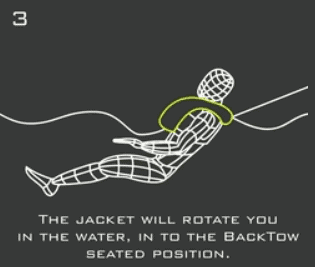
Here’s a danger many sailors don’t even know about: if you go overboard while tethered, the tether usually clips at your chest. As the boat keeps moving, it drags you face-down through the water. Unless the boat stops instantly, you can’t breathe. The only option has been to release or cut the tether, and hope the boat can find you again. Tragically, more than one life has been lost this way.
Releasing a tether under load
In theory, you can disconnect. In practice, it doesn’t work. Quick-release shackles are nearly impossible to open once the tether is under strain. A knife or cutter sounds good, but try fumbling for it while being dragged at speed, all while not being able to breathe. And if you do manage to slash the tether, you might puncture your PFD in the process.
Tether management mistakes
]Two-leg tethers are necessary so you can always be clipped in while moving around the boat. But when you’re stationary, the unused leg has to go somewhere. On our old PFDs, Dave and I would clip the quick release to a D-ring at the waist, and then the two legs had hard to open gate latches. The danger? If you ever accidentally attached the “unused leg” gate latch to somewhere on the PFD rather than sticking it in your pocket or clipping it to the quick release itself, you’d still be attached even if you managed to release the quick release shackle. We caught ourselves making that mistake more than once. I’m sure we’re not alone as I’ve read a number of articles pointing out the problem.
Slipping out of the PFD
And then there’s the risk of the PFD itself slipping off over your head if you are being towed. Most manufacturers tell you to crank the waist strap down hard to prevent this. But “snug” quickly turns into discomfort and chafing when you’re hot and sweaty. Crotch straps solve this problem — but they’re rarely included, and sometimes can’t even be added.
The prevention piece
There’s also the question of how to avoid going overboard in the first place. The best solution? A short tether — no longer than one meter — and jacklines run down the center of the boat instead of along the sides. That combination makes it much harder to actually go over the side.
But no system is foolproof. Breaking waves, freak accidents, or a simple slip at the wrong moment can still put you overboard. And that’s why we need a PFD that won’t drown us once we’re in the water.
Enter TeamO
TeamO is a UK company founded by brother-sister sailors Oscar and Lauren Mead. Both grew up racing and crossing oceans, so they knew these problems firsthand. In 2011, a UK sailor drowned after going overboard while tethered, dragged face-down alongside his own boat. That tragedy — and then learning of numerous others — lit a fire in Oscar to develop a better system.
It took four years of design, engineering, and testing — often with themselves as the crash-test dummies — before the world’s first BackTow™ PFD was born. Many in the industry said it couldn’t be done, but the Meads persisted. TeamO launched in 2017, and since then their PFDs have won awards, been chosen by the Maiden Factor Project for their global voyage, and even been worn by Prince William and Princess Kate while racing. (You know their security detail insisted on the safest option available.)
Why TeamO is Different
Finally, TeamO PFDs are available in the U.S. They offer a number of significant benefits.
Comfort you’ll actually wear
The first thing you notice is comfort. Unlike most inflatables, TeamO doesn’t hang on your neck. Instead, it rests on your shoulders and upper back, making it feel lighter and eliminating that all-too-familiar neck strain. I wore one for 10 hours with no discomfort!
Because of the integrated crotch straps, you don’t have to cinch the waist strap painfully tight. TeamO is designed to be worn with a little room — enough to slip a fist between your chest and the band — and still stay secure in the water. Women in particular will appreciate the difference, but really, anyone who’s spent hours in a PFD will.
And it’s one of the few inflatables that truly fits across a wide range of body sizes, from small frames up to a 56″ chest. That means you can wear it over foul-weather gear just as comfortably as over a t-shirt.
BackTow™ Technology
The real breakthrough is BackTow™. Once the PFD inflates, you pull a handle that transfers the tether point from your chest to your back. That single change flips you face-up so you can breathe, while keeping you securely connected to the boat for recovery.
It’s not magic — you do need to be conscious and able to make that pull — but once activated it locks in place. You no longer face the nightmare of being dragged face-down. The BackTow strap even doubles as a strong lifting point, so a smaller crewmember can use a winch to haul you back aboard, similar to how a LifeSling operates — except it’s all in one.
It’s a simple idea — move the tether point from front to back — but it solves one of the deadliest flaws in traditional designs.
Other thoughtful details
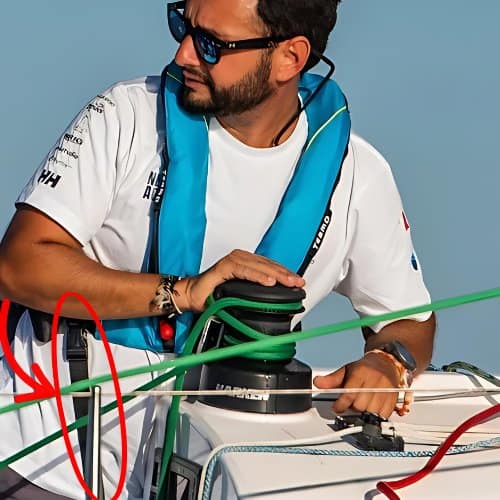
- Crotch straps are included as standard.
- The tether clip-in point is separate from the buckle, so you don’t have to re-clip every time you put the vest on or take it off.
- The cut sits lower, so it won’t knock off wide-brimmed hats — a small but appreciated bonus when you’re out in the sun all day.
- Three inflator options are available, all reliable and designed to virtually eliminate accidental inflation from spray or rain.
- ISO-certified to international standards. While not yet USCG-approved, you can absolutely wear one legally in U.S. waters as long as you also carry a USCG-approved jacket aboard (even an inexpensive orange one meets the requirement).
Putting It All Together
For me, this comes down to something simple: your PFD shouldn’t be the weak link in your safety system. If it’s uncomfortable, you won’t wear it. If it drags you face-down, it’s worse than useless. TeamO solves both problems, with the kind of practical design that only comes from sailors who’ve lived the reality themselves.
So where can you get a TeamO? Honestly, not many places. And that’s why I’m thrilled to say we’re now carrying TeamO PFDs, along with the Kru Triple Hook tether and re-arm kits, as part of our partnership with Cruising Solutions.
We love being able to bring you gear that’s not just great, but often hard to find — products that make your time on the water safer, easier, and better. And in the case of TeamO, I think it’s fair to say this isn’t just another product. It’s a step forward in safety that could save your life. See the TeamO PFDs in our US store. In Canada, get them at Indie Marine.
Even if you don’t immediately opt for the TeamO PFDs, please do spend a bit of time thinking about your PFD and tether setup and the potential weak points in it. It’s a topic that, the more I thought about it and had “friends of friends” either die or have near misses, gave

Quickly find anchorages, services, bridges, and more with our topic-focused, easy-to-use waterproof guides. Covering the ICW, Bahamas, Florida, and Chesapeake.
Explore All Guides

Carolyn Shearlock has lived aboard full-time for 17 years, splitting her time between a Tayana 37 monohull and a Gemini 105 catamaran. She’s cruised over 14,000 miles, from Pacific Mexico and Central America to Florida and the Bahamas, gaining firsthand experience with the joys and challenges of life on the water.
Through The Boat Galley, Carolyn has helped thousands of people explore, prepare for, and enjoy life afloat. She shares her expertise as an instructor at Cruisers University, in leading boating publications, and through her bestselling book, The Boat Galley Cookbook. She is passionate about helping others embark on their liveaboard journey—making life on the water simpler, safer, and more enjoyable.
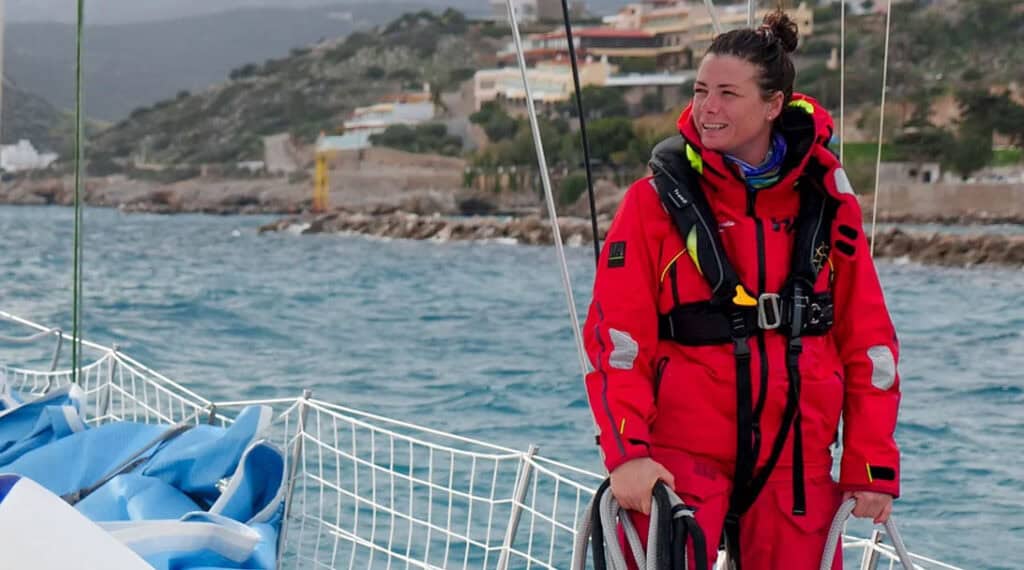
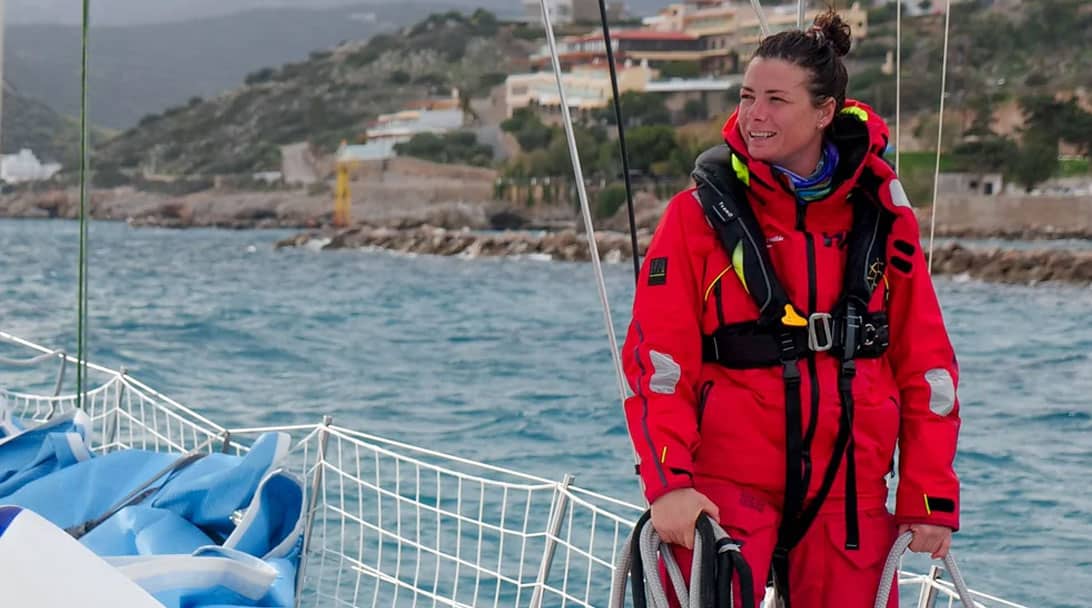



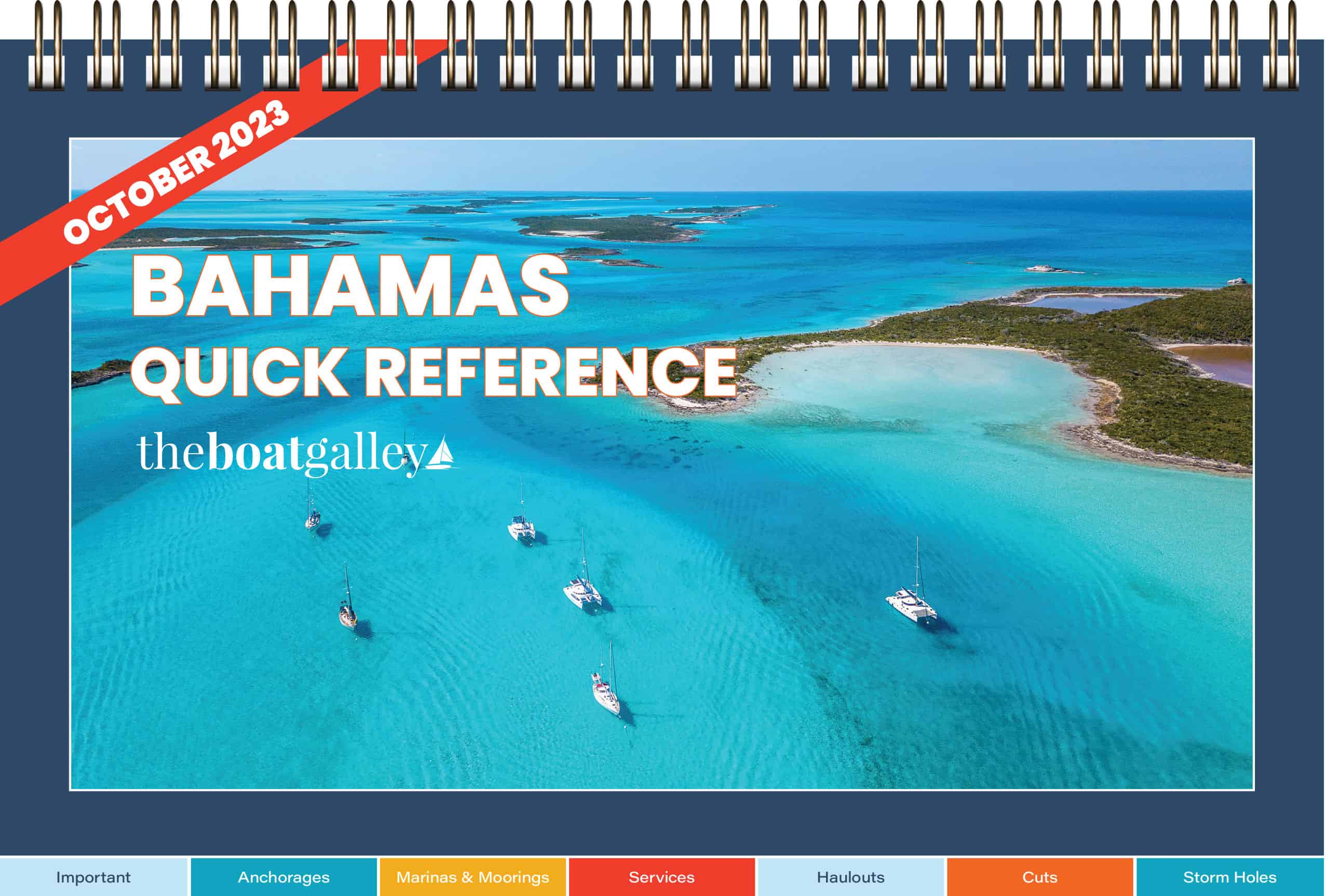
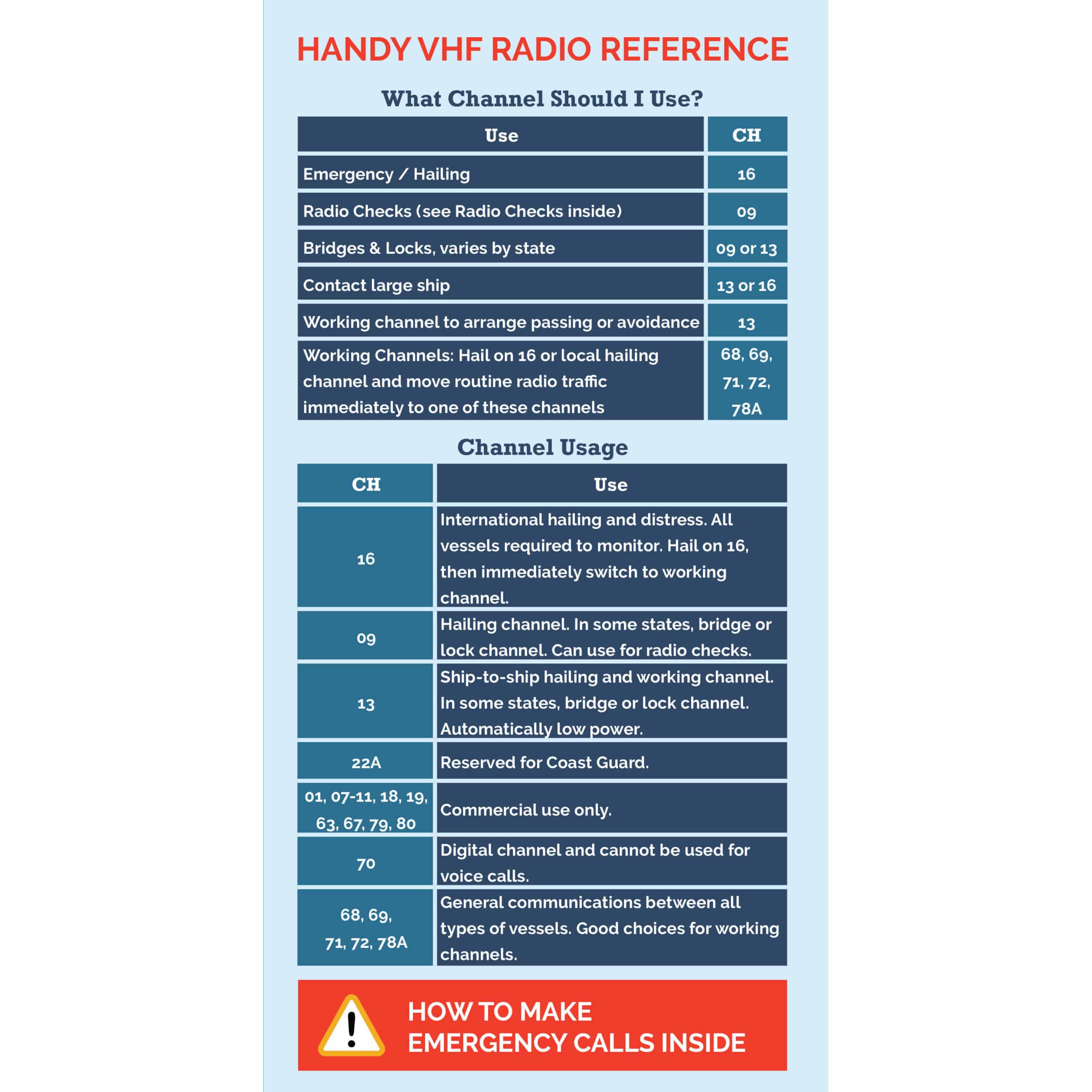
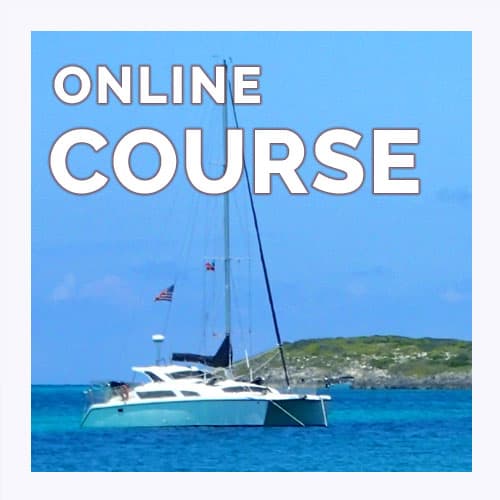

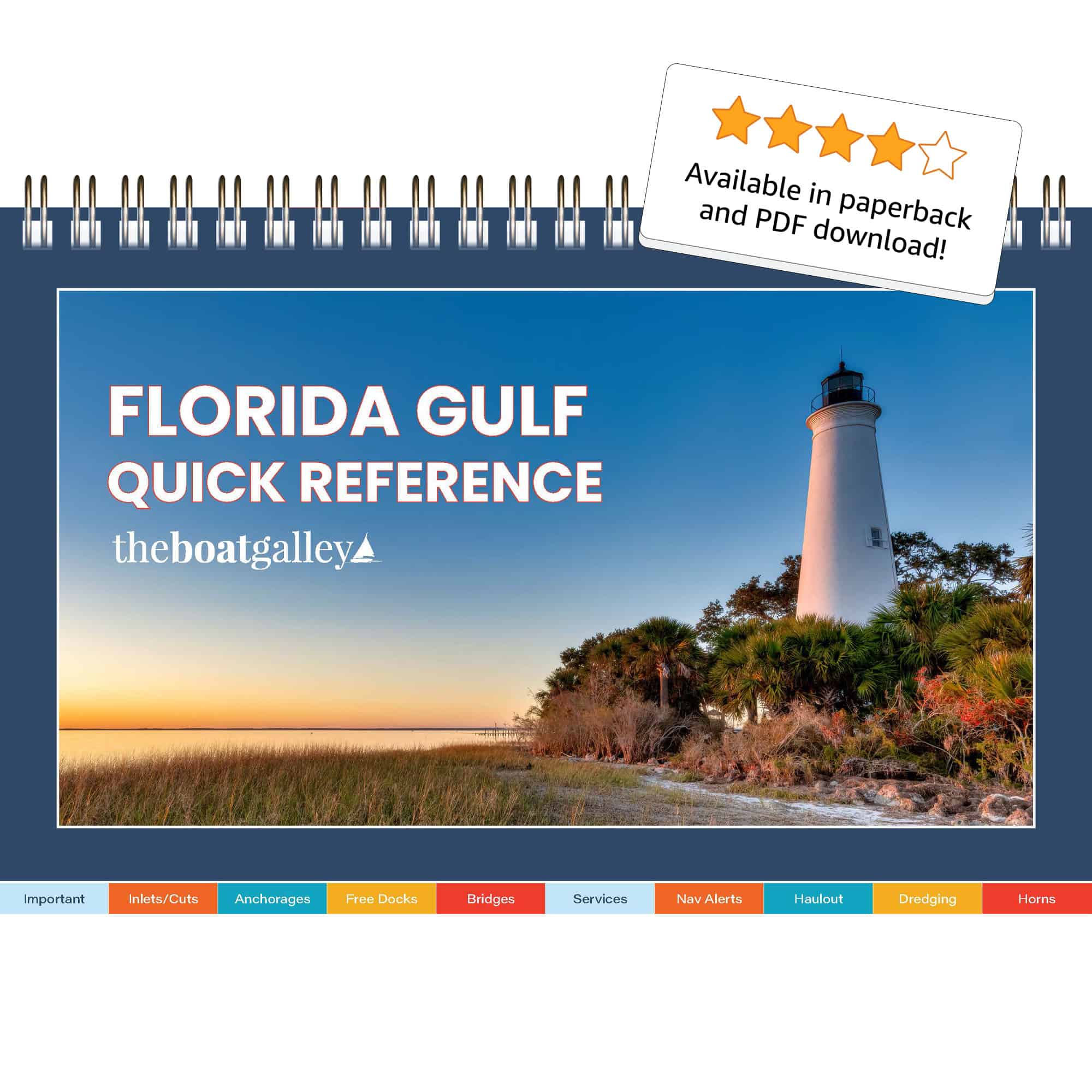
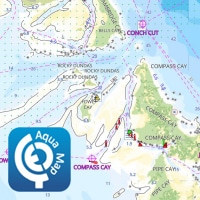
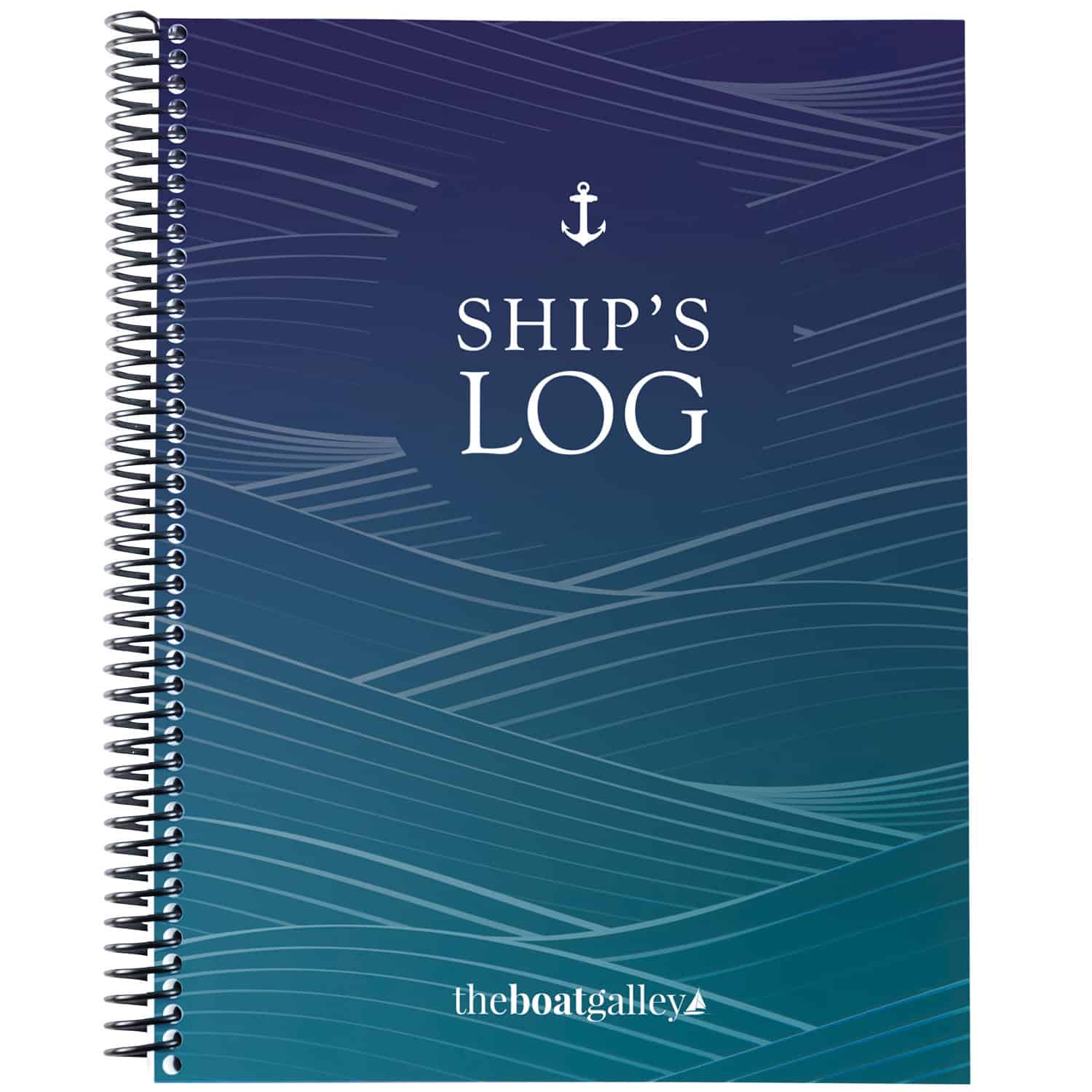
Leave a Reply